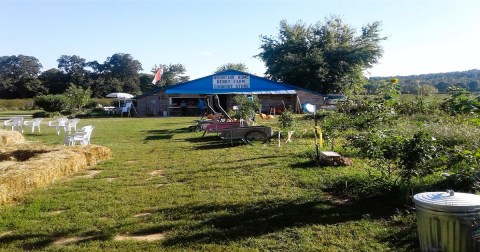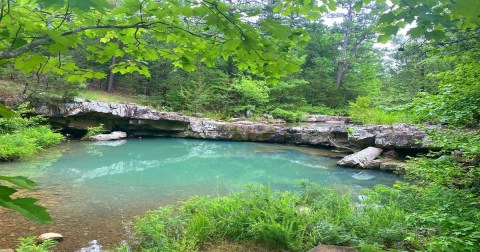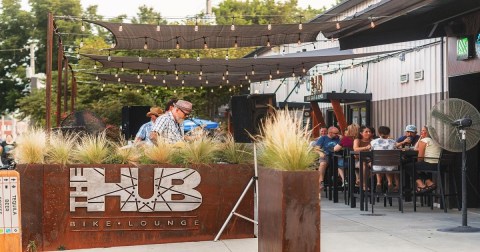The Truly Grim Reality Of 9 Deserted Ghost Towns In Arkansas
There’s more to consider in ghost towns than actual ghosts. Each ghost town holds a sad history, a history of a collection of happy homes abandoned, general stores emptied and left to the elements, places of worship left to decay. This article won’t claim any of the ghost towns are “creepy” or “haunting.” Instead, it focuses on the grim realities of the business decisions, political decisions, exhaustion of natural resources, and natural disasters that laid waste to nine of Arkansas’s communities.
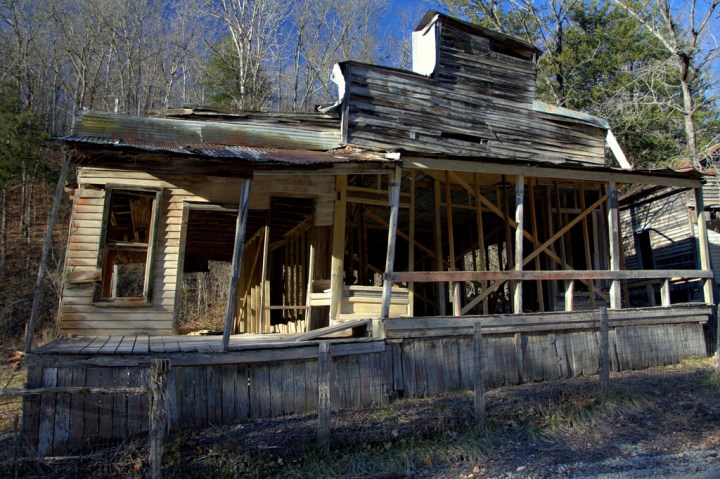
Once the second largest city in Arkansas, this ghost town now stands near ruin in the Ozarks. The sad reality of Rush is that mining towns don’t last when the market for their goods plummets. There was no fire there, no horrible natural disaster with a devastating death toll. The kind of sadness you’ll find at Rush is the creeping kind, the kind that left town slowly, in search of better fortunes.

East Calico Rock isn’t as sad a story as most of these other towns, but it’s no happy day in the sunshine either. Contained entirely within the city limits of Calico Rock, the truth of East Calico Rock, or as some call it, the Peppersauce Ghost Town, is that folks simply moved on. Once a raucous part of town where people drank homebrew and got into brawls, East Calico Rock, like its rough and tumble reputation, is now abandoned.
Advertisement
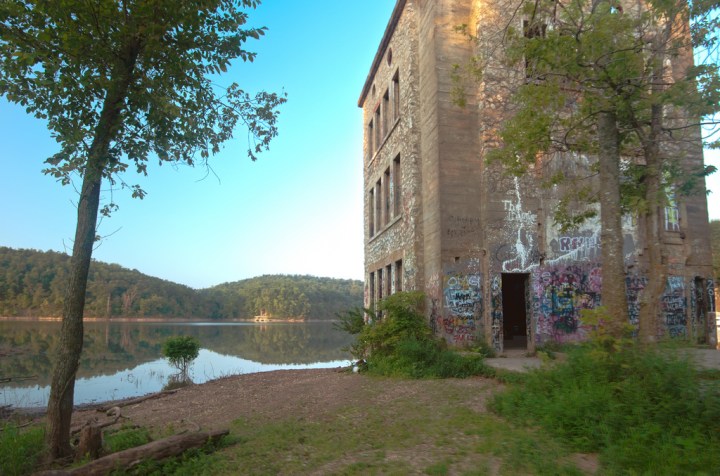
Monte Ne is an incredible ghost town that has been partially submerged since Beaver Lake was formed. The true story behind Monte Ne is one of dashed hopes and dreams. William Hope Harvey was responsible for the ambitious health resort and planned community, but in the 1930s the project went bust. When Harvey died, his project was sold off in lots. In 1964, Beaver Lake came around and flooded all of Monte Ne except the Oklahoma Row tower and a few foundations. At normal lake levels, all you’ll see is these structures.
Advertisement
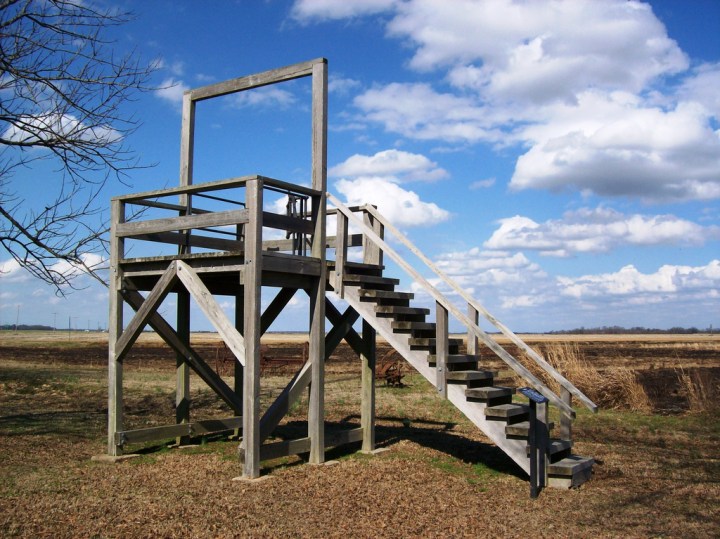
Home to a Revolutionary War skirmish in 1783, Arkansas Post was an important trading post for European settlers and the Native American tribes in the area. The sad truth is that time moved away from Arkansas Post. The place that once fostered mutually beneficial trade relationships was left behind as America grew and changed.

Not everyone agrees that Mount Tabor is ghost town. It doesn’t meet with the traditional boomtown-gone-bust narrative. Mount Tabor was never a bustling community. Instead, it was a small farming community based around the Mount Tabor church. Back in the 1930s, the community at least had a few residents, but its proximity to other communities just a few miles away meant that people moved on, into nearby towns. Though the church still stands, there are no more electrical poles to light the place.
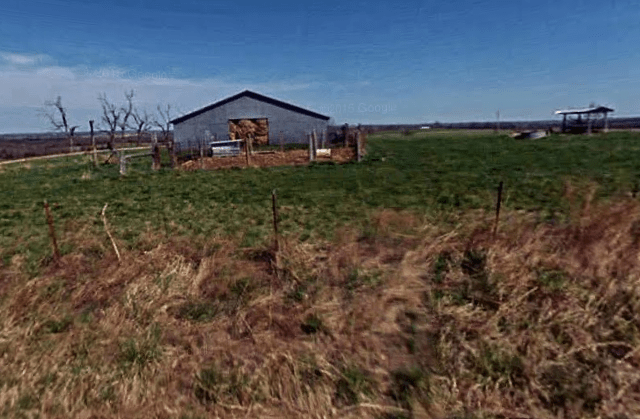
Not to be confused with the Greek god of love or the type of love most of us have for our spouses, Eros is a small community in Marion County. There are a few people who still claim Eros as their hometown, but mostly what’s left there is a cemetery, a school, and the remnants of a general store.
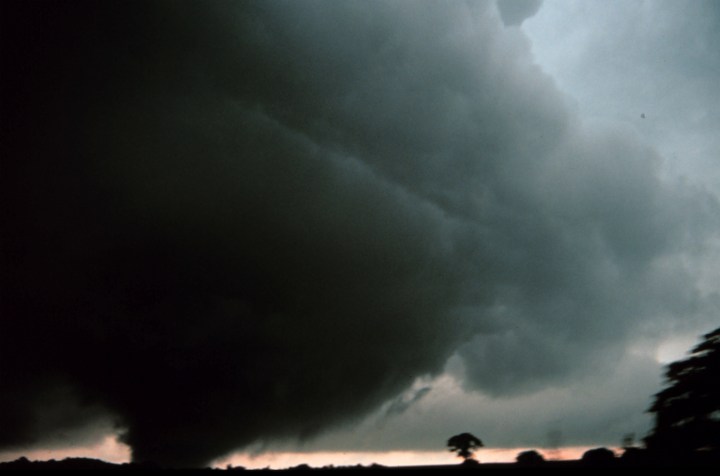
Unlike the other towns on this list, Sneed is a town destroyed by natural disaster. In April of 1929 an F5 tornado blew through the small town. Despite the lack of warning, many residents saw the massive twister approaching and sheltered in storm shelters, under a bridge, in chicken houses or barns. To this day it’s the only documented F5 tornado in Arkansas. To this day all that remains of Sneed is a clearing that once held its school and church.
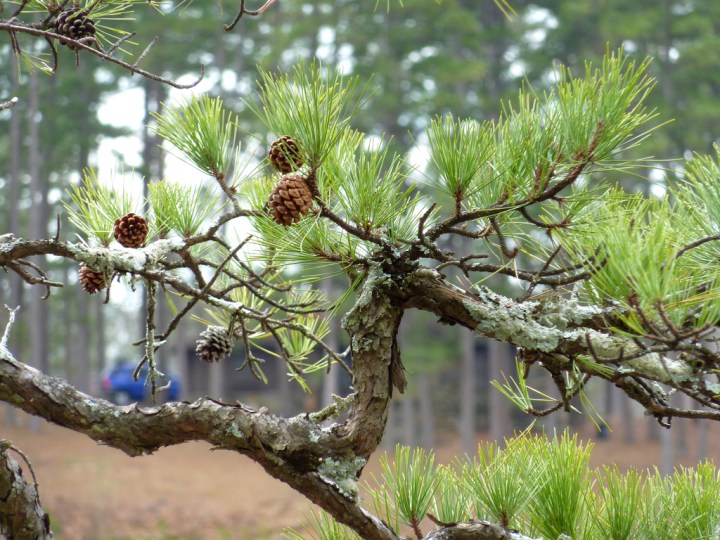
The story of Lewisburg includes a Civil War skirmish, but its place as a ghost town is due to the consequences of a political decision. Lewisburg’s existence dated from 1831 until 1883, when it ceased to be the county seat of Conway County. If you live in Morrilton now, just imagine if your mail read Lewisburg instead.
Advertisement
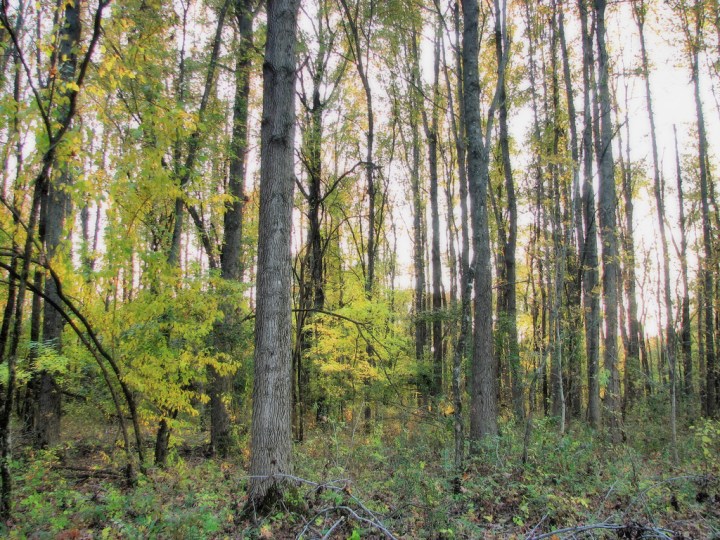
Like many ghost towns, Graysonia was a boomtown based on a natural resource. It wasn’t oil or zinc, though. The natural resource most valuable in Graysonia was lumber, and that resource turned Graysonia to a happening little town for awhile. Sadly, most of Graysonia’s decline was due to the lumber company’s cut-and-move policy. This blow to Graysonia’s economy was quickly followed by the Great Depression, which sent residents in search of better chances for employment.
To learn the history of more Arkansas towns, click here. You’ll find more abandoned towns on this road trip.
OnlyInYourState may earn compensation through affiliate links in this article. As an Amazon Associate, we earn from qualifying purchases.


